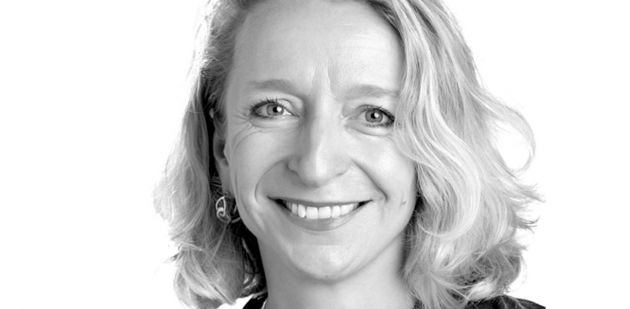Béatrice Schaad Chief editor

Comparing their backgrounds is like watching the opening theme to the cult British television series “The Persuaders!”. They both studied medicine, one in Geneva, the other in Lausanne. One is passionate about neuroscience, the other about the musculoskeletal system. One went off and spent nearly 10 years at Brown in the United States, but they both ended up at the same hospital, Lausanne University Hospital (CHUV), in the 1990s.
They share the same intuition: Pierre-François Leyvraz, currently the general director of CHUV and Patrick Aebischer, president of the Swiss Federal Institute of Technology (EPFL), have always firmly believed that innovation is sparked by combining life sciences and engineering.
In the 1990s, Patrick Aebischer worked tirelessly to develop a system to encapsulate genetically modified cells to fight Parkinson’s disease. To find new materials, he began working with EPFL. A few years earlier, Pierre-François Leyvraz, an orthopaedic doctor, founded a research group at EPFL, before becoming director of the Interinstitutional Center of Translational Biomechanics then full professor while continuing as a professor at CHUV.
Each now at the head of a large institution, the two men bring down barriers and build bridges between disciplines. Both history and literature buffs with a keen interest in the arts, they do not limit themselves to integrating life sciences and engineering alone. Instead, they surround these scientific fields with the humanities, through a constructive partnership with the University of Lausanne. With UNIL’s Rector, Dominique Arlettaz, the three leaders are convinced that progress in medicine and engineering must also pass through the prism of philosophy, sociology and the history of science. Today, one is building a science hub on the edge of Lake Geneva, while the other is working with the Rector to set up a university hospital campus in the hills overlooking Lausanne, at the Biopôle science park in Epalinges. And all three encourage young scientists to take full advantage of the metro line connecting the two sites to share their knowledge with others. Every day, countless researchers and clinicians come and go, embodying the future of science (see p. 19).
Thanks to these three innovators, the region has become a hub for advanced expertise, not only in medical research and biotechnology, but also in related fields such as microtechnology, nanotechnology and medical technology [diagnostics, instruments, implants, etc.]. This multidisciplinary approach is now one of the region’s most valuable strengths.
Pierre-François Leyvraz, Patrick Aebischer and Dominique Arlettaz show how science cannot be confined to an institution or even a canton. Science will only have meaning if it overlooks geographical and mental borders and disregards barriers and territorial disputes. And scientific progress takes both brain power and the power of friendship. ⁄